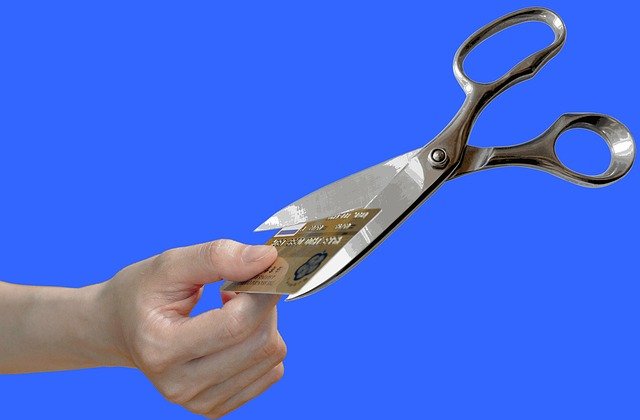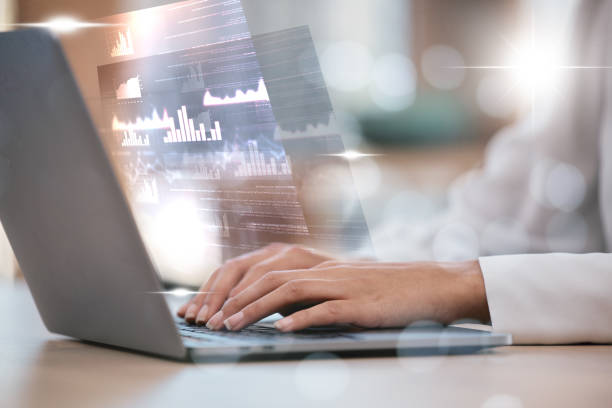Motorcycle Loans: Smart Ways to Finance Your Bike
Buying a motorcycle can be thrilling, but most riders rely on financing to spread the cost. Motorcycle loans let you purchase a new or used bike while paying monthly. Understanding loan types, how interest and terms work, and how your bank or credit score affects offers will help you choose the option that fits your budget and riding plans.

What motorcycle loan options exist?
There are several motorcycle financing options: dealer financing, bank loans, credit union loans, online lenders, and personal loans. Dealer finance often bundles promotions and is convenient at the point of sale. Banks and online lenders compete on rates and speed. Credit unions often offer lower APRs to members. Personal loans are unsecured and flexible but typically carry higher interest than secured vehicle loans. Matching loan type to the bike (new vs. used) and your credit profile helps secure a better deal.
How does a motorcycle loan work?
A motorcycle loan is typically a secured loan where the bike serves as collateral. You borrow an amount to purchase the bike and repay principal plus interest over a set term, commonly 24–72 months. Monthly payments include interest; longer terms reduce monthly amounts but increase total interest paid. Lenders assess income, debt-to-income ratio, and credit history to set rates. Be aware of fees, prepayment penalties, or requirements for full insurance coverage during the loan term.
How to finance a motorcycle wisely?
Start by setting a realistic monthly budget including insurance, maintenance, and gear. Prequalify with multiple lenders to compare preapproved offers without heavy credit checks. Consider a down payment to lower your loan amount and monthly payment, and choose the shortest loan term you can afford to minimize interest. Shop for competitive interest rates and read loan agreements for fees. If you plan to trade or sell within a short time, evaluate potential negative equity scenarios before signing.
Should you use a bank or another lender?
Banks can be convenient if you already have an account and a relationship, and some banks offer competitive rates for vehicle loans. Credit unions often provide lower APRs and more flexible underwriting, but you may need membership. Online lenders can offer fast approvals and transparent terms. Dealer or manufacturer finance might include promotional APRs on new bikes. Compare offers from local services, banks, credit unions, and online lenders to find the best combination of rate, term, and convenience for your situation.
How does credit affect motorcycle loans?
Your credit score is one of the biggest drivers of the interest rate you’ll receive. Higher scores typically qualify for lower APRs and better terms. If your credit is limited or poor, you may face higher rates or need a co-signer. Improving credit before you apply—by reducing balances, making on-time payments, and correcting errors on your report—can lead to significantly better offers. Lenders also look at income stability and debt-to-income ratio, so documentation of steady employment helps even if credit isn’t perfect.
If you want a quick pricing snapshot, here are common motorcycle loan sources and typical cost ranges to expect.
| Product/Service | Provider | Cost Estimation |
|---|---|---|
| Dealer financing (promotional) | Manufacturer finance (e.g., Honda Financial Services) | APR often ranges 0%–10% for qualified buyers; promotional terms vary |
| Bank vehicle loan | National banks (e.g., Bank of America) | APR typically 5%–18% depending on credit and term |
| Credit union motorcycle loan | Credit unions (e.g., Navy Federal, local credit unions) | APR often 3.5%–12% for members, depending on credit |
| Online lender loan | Online lenders (e.g., LightStream) | APR commonly 4.5%–16% for qualifying borrowers |
| Unsecured personal loan | Banks & online platforms | APR can range 6%–36% depending on credit risk |
Prices, rates, or cost estimates mentioned in this article are based on the latest available information but may change over time. Independent research is advised before making financial decisions.
Conclusion
Choosing the right motorcycle loan means balancing interest rates, term length, monthly payments, and convenience. Compare offers from banks, credit unions, online lenders, and dealer finance, and factor in your credit score and total ownership costs like insurance and maintenance. With prequalification, a clear budget, and an understanding of secured versus unsecured options, you can finance a motorcycle that fits both your riding goals and your financial plan.






